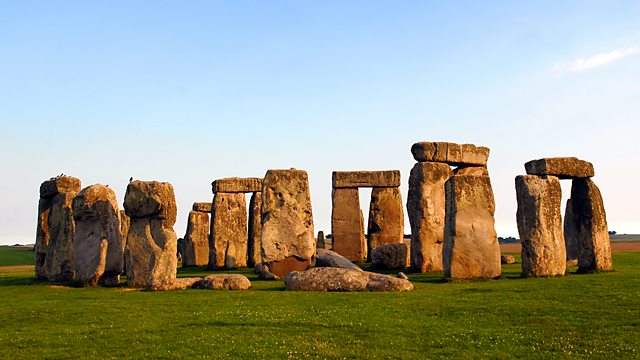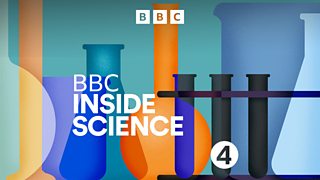Biomimetic Optics - Invasive Tree Pests
Quentin Cooper hears how bio-mimetics – learning technological lessons from nature – is seeing the light and pointing the way to new, efficient optical material and devices.
Biomimetic Optics
Marine plankton that live in tiny, intricate silica castles could make new biosensors and sun cream. White beetles that owe their whiteness to nanotechnology could lead to better paper. A fossil fly’s eye could boost the efficiency of solar cells. Secrets of a butterfly’s wing could make colourless colours in new cosmetics. And the hairs on a sea mouse could self-assemble the optical computers of the future.
All these are examples of microscopic nanostructures in nature that are so small that they interact with the wavelength of light, presumably to convey advantages to the creatures that make them, and perhaps that could be harnessed for human technology. Quentin Cooper hears how bio-mimetics – learning technological lessons from nature – is seeing the light and pointing the way to new, efficient optical material and devices.
Professor Pete Vukusic of Exeter University is a physicist with an interest in beetles and tiny marine diatoms; Professor Andrew Parker, a zoologist at the Natural History Museum in London, studies how living things produce colour without pigment and how natural structures process light.
Invasive Tree Pests
Autumn appeared to come early this year for horse-chestnut trees across the UK. While other tree species are even now holding on to their remaining leaves, horse chestnut trees are being besieged by an invasive pest - a caterpillar called the Horse Chestnut Leaf Miner.
Will the horse chestnut follow the doomed fate of the Dutch elm? Experts are concerned about the number of alien pests and diseases that are appearing in the UK, threatening the plants in our gardens, parks and across the countryside, as a result of being inadvertently imported into the UK.
Climate change is also likely to increase this risk. Is the very survival of our conker trees under threat? And what about other iconic tree species such as the Oak or Beech?
Quentin Cooper is joined by Dr Glynn Percival, Plant Physiologist at Bartlett Tree Research Laboratory and Dr Joan Webber, Principal Pathologist at the Forestry Commission, Farnham.


